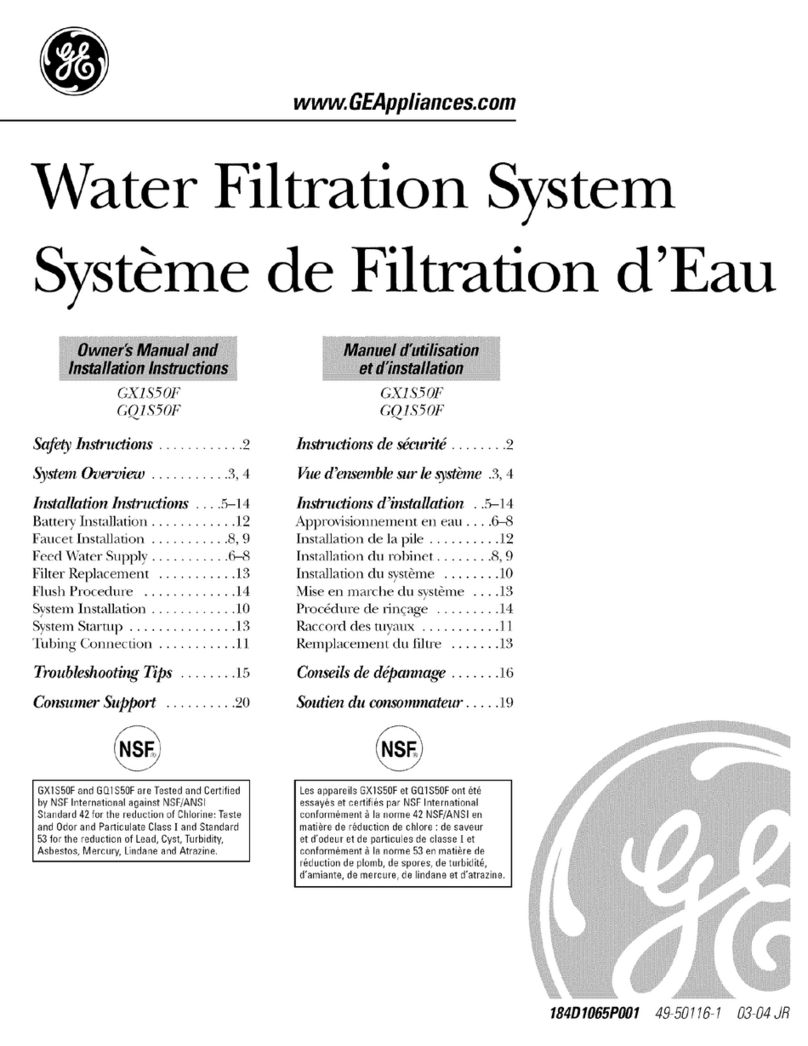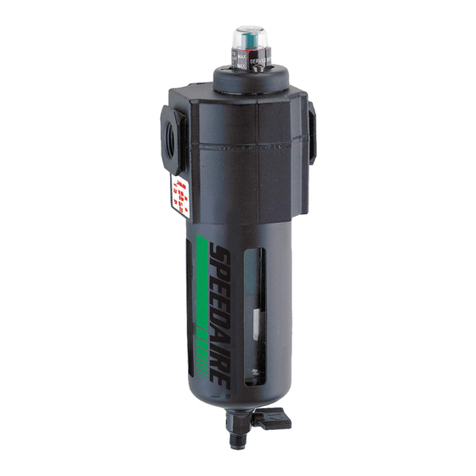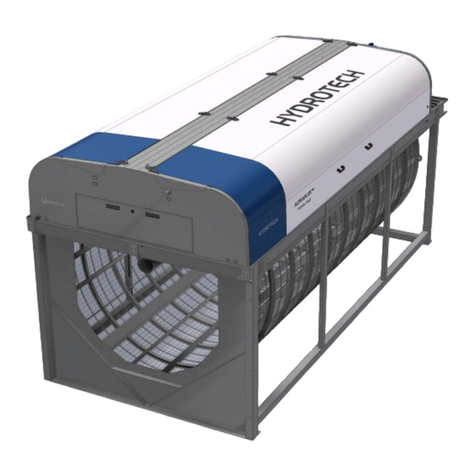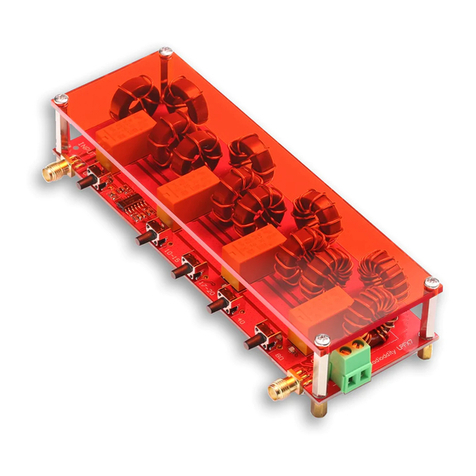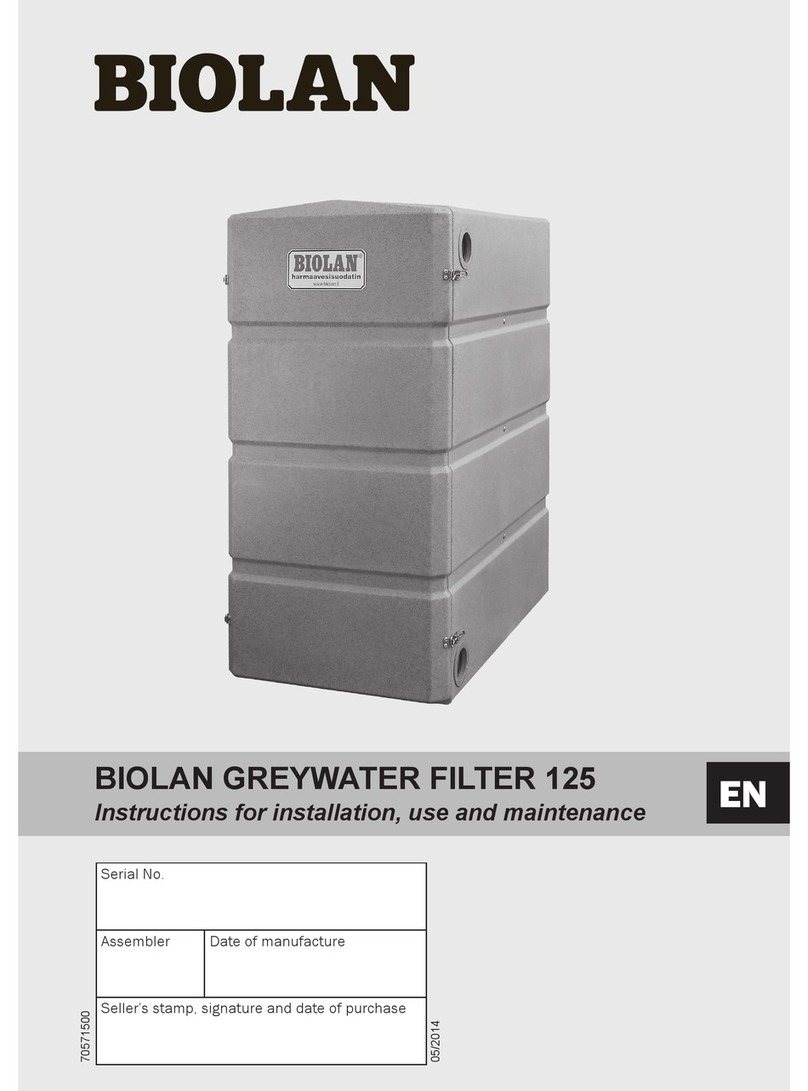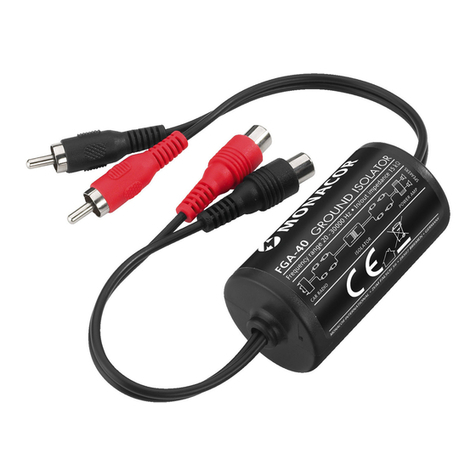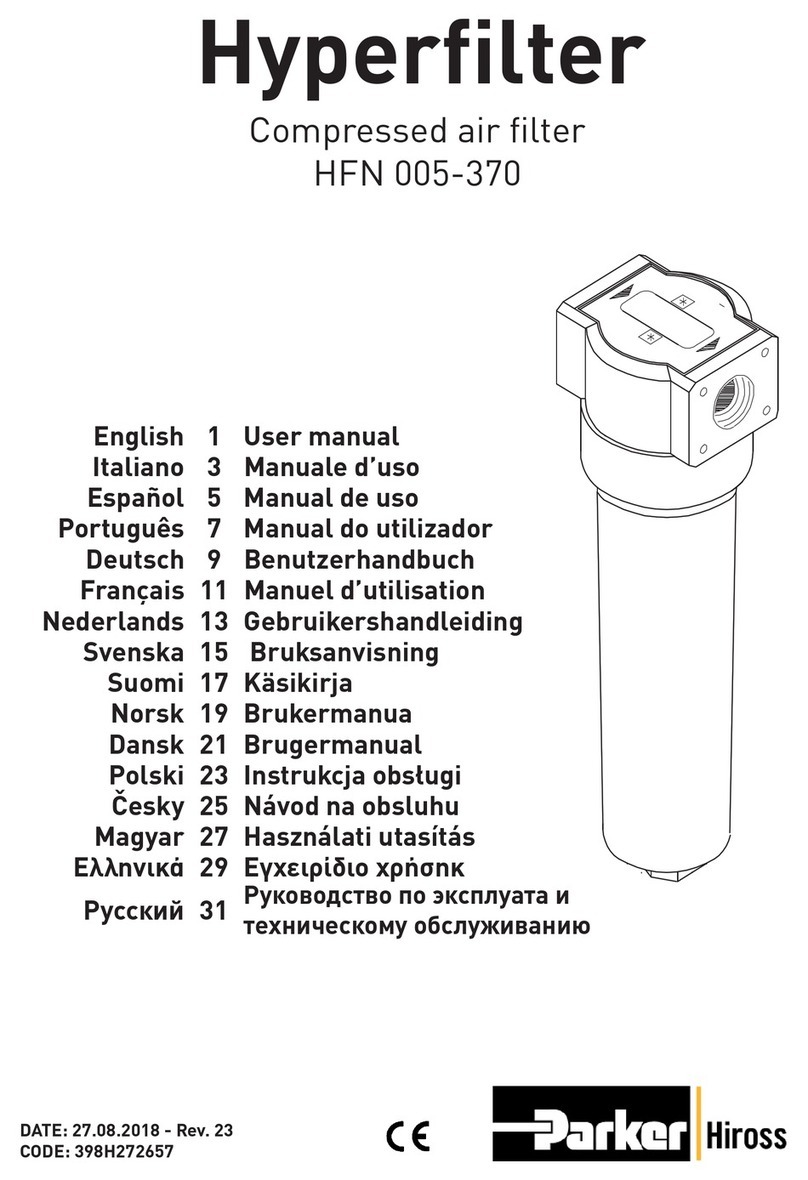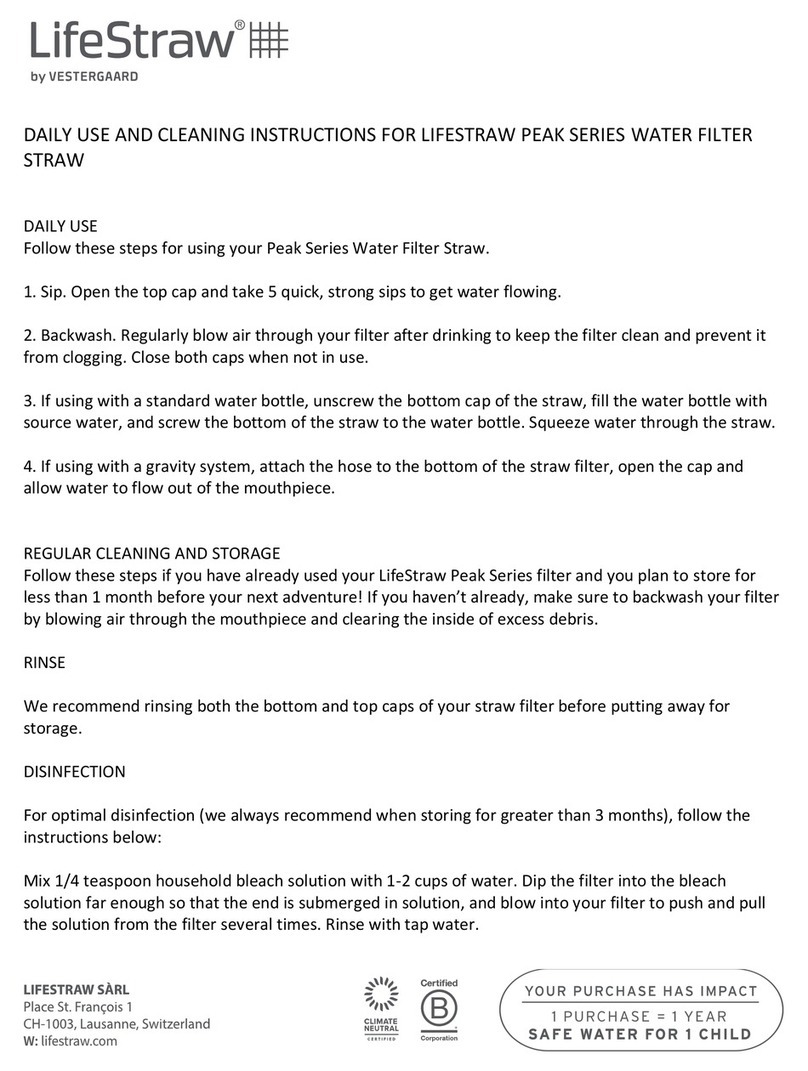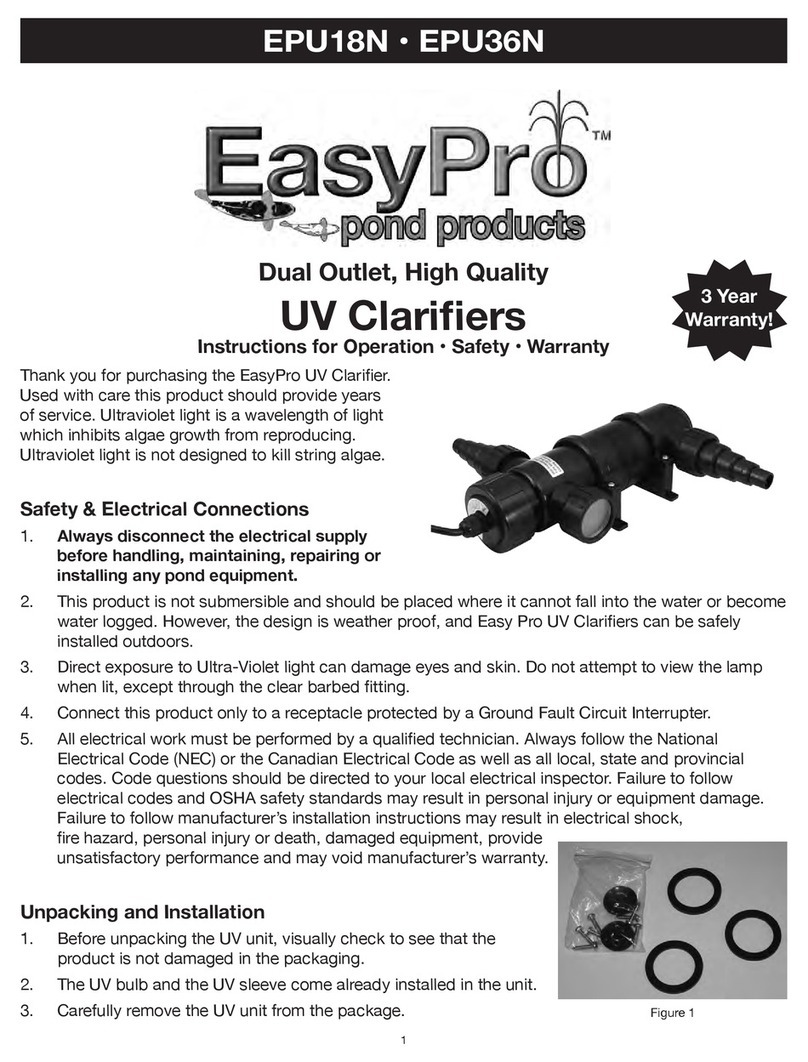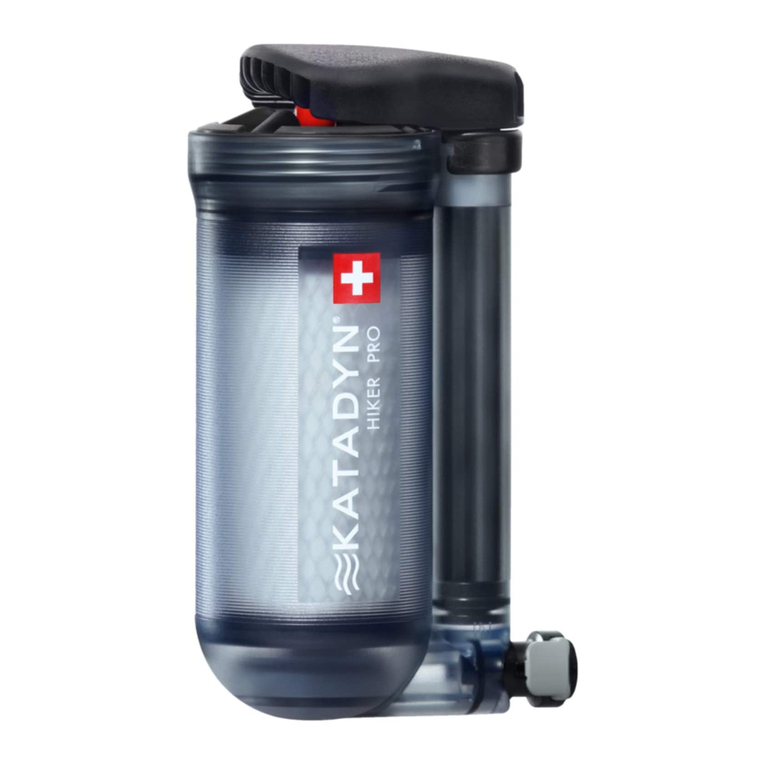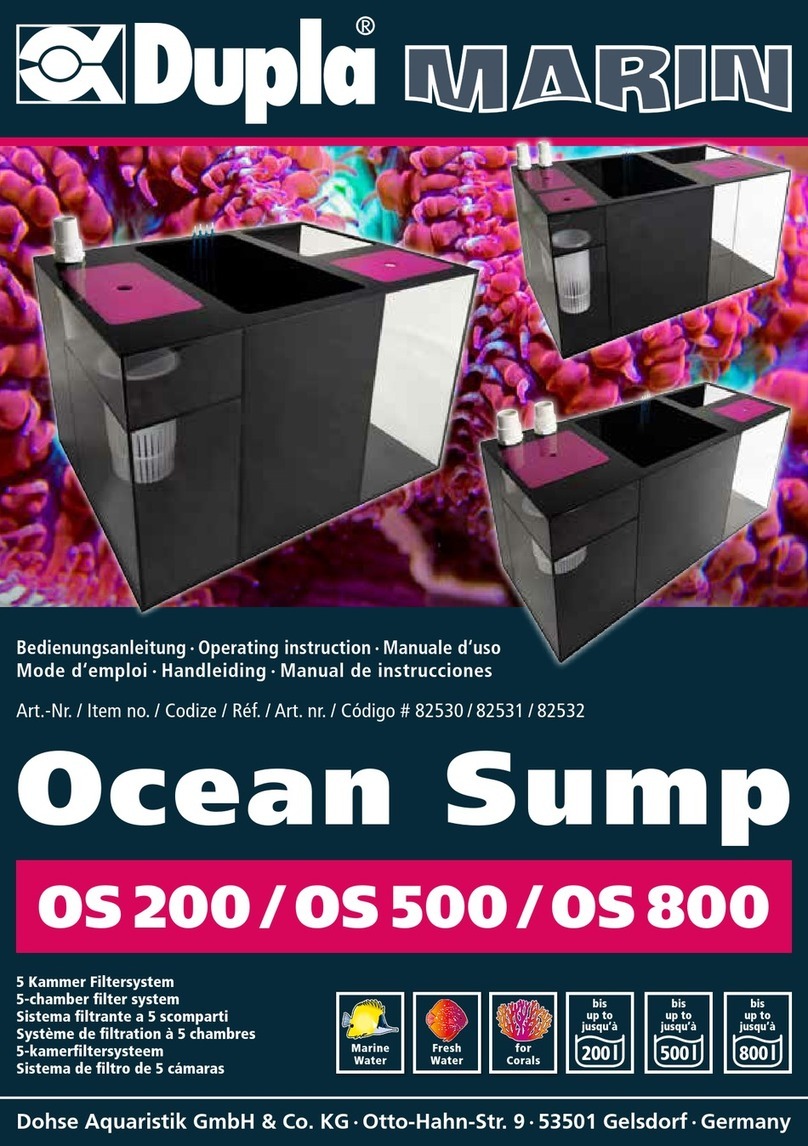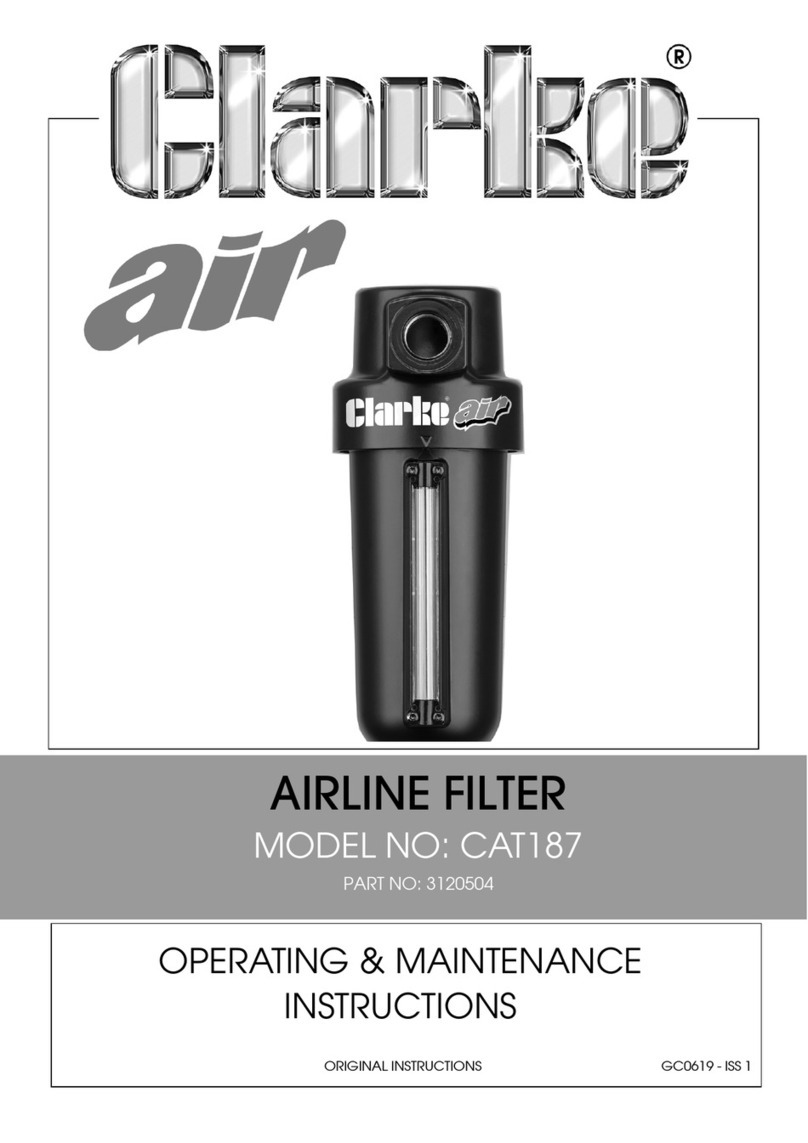
6Origination Credit to Camfil Farr © 2005 Camfil Farr
Gel Filter Replacement
Polyurethane and Silicone Gel are often used in systems where HEPA filters
are installed into grids or housing and where ease of installation and removal
of the filter is desirable.
Both Silicone and Polyurethane base Gel offer properties that are suitable for a
wide variety of HEPA filter sealing applications. These applications consist of
two mating structures
One side of the seal consists of a channel or track containing the gel. The
other side of the seal consists of a “knife edge” which penetrates into the gel.
Modern systems often feature a knife edge on the housing or grid and the gel is
in a track integral to the filter, but the reverse construction is also common and
just as effective.
Gel can become damaged from a variety of factors including age, exposure
to chemicals, cutting and abrasion due to over-stressing the gel (sharp knife
edges, excessive penetration, shearing, etc.) and tearing due to too rapid
removal of the knife edge from the gel.
In situations where a filter is removed from the system and re-installed, the
question often arises, “Is the condition of the gel satisfactory for reinstallation
of the filter, or does the gel need to be replaced?”
Due to the nature of gel and the wide variety of circumstances that can exist in
actual installations, no “hard and fast” criteria exist.
It is the purpose of this guideline to discuss various possible conditions of the
gel and to assist the end user in making rational decisions of when to replace
the gel.
For the purpose of this guideline, gel damage may be divided into two catego-
ries; chemical damage and physical damage.
Chemical Damage to Gel
Chemical damage to gel may be due to the presence of external or internal
substances or conditions that result in a chemical change to the gel. These
include:
1. Reversion (degradation) of the gel into liquid state.
2. Chemical attach (usually by oxidizing agents like those used for sanitizing
clean rooms.) This usually results in a loss of surface tack the formation of
a skin or blisters on the surface of the gel.
3. Ultra Violet degradation which usually results in surface crazing, cracking,
skinning and may also result in liquefication of the gel.
4. Thermal degradation, which usually results in a loss in elasticity, surface
tack and increase in hardness of the gel.
Chemical damage can be separated into two groups; mild and severe.
Mild chemical attack results in slight changes in the physical characteristics of
the gel.
These include:
1. Change or loss in color that does not have measurable effects on gel hard-
ness or elasticity.
2. Formation of a slight skin, noticeable only when the gel is “pinched”
between the fingers.
3. Some loss of surface tack.
Sever chemical attack results major and significant changes in the physical
characteristics of the gel.
These include:
1. Significant change in hardness or elasticity.
2. Complete loss of surface tack.
3. Formation of thick Skin.
4. Formation of wet areas on or in the gel. Dripping of the gel.
Filters may be re-installed into gel showing mild chemical attack. Reinstalled
filters will likely continue to seal and perform without any problem. In any
case a scan test to verify and confirm the integrity of the filter and seal system
upon re-installation of the filter is necessary and should always be performed.
If the filter is found to be leaking at the gel seal during the test, the filter should
be removed and the gel should be replaced prior to reinstallation and testing.
Gel exhibiting severe chemical attack must be completely removed and re-
placed prior to reinstallation of the filter and subsequent scan testing for filter
and seal integrity.
Physical Damage to Gel
Physical damage to gel is the most common type of gel damage experienced
and is the result of subjecting the gel to forces that result in stress greater than
the strength of the gel. Physical damage to the gel can range from very mild to
severe. Most often, physical damage to the gel is caused by too rapid removal
of an object inserted into the gel. The most common causes of physical dam-
age are:
1. Too rapid removal of the knife edge from the gel. The knife edge must be
removed slowly, working from one corner and slowly removing the filter
allowing the gel to peel off of the knife edge at its own rate.
2. Too deeply inserting the knife edge into the gel. If the knife edge is allowed
to penetrate too deeply, the force exerted on the gel will be sufficient to
cut the gel or split the gel. We recommend that the knife edge clearance to
the bottom of the gel channel be not less than 0.10 inches (2.4 mm). We
recommend that the maximum penetration of the knife edge into the gel be
not greater than a depth equal to 70% the inside width of the gel channel.
3. Abrasion of the gel surface by dragging the knife edge or other object,
including fingers across the surface of the gel.
4. Cutting the gel by using a knife edge that is too sharp at the corners or at
the tip.
5. Careless removal of the plastic bag from the filter during unpacking can
cause the gel to adhere to the bag.
If the bag adheres to the gel during shipping, the bag can be slowly peeled
out of the gel. Slight surface disruption to the gel due to the plastic bag are
insignificant.
Physical damage to the gel can be divided into two groups; mild and severe.
1. Mild physical damage in most cases will not interfere with the proper
sealing of the knife edge to the gel since the surface disruption of the gel is
less than the penetration distance of the knife edge. Mild damage includes
small ripples, lines or rough spots that leave a pattern in the gel but do not
penetrate into the gel by more than 0.25 inches (6mm). Please refer to
figure 14 and 15 for examples of mild physical damage to gel. Figure 14
is of nearly new condition gel with the knife edge removed once. Figure
15 is of gel experiencing multiple but careful knife edge removal and
re-installation.
2. Severe physical damage results in a good probability that the proper seal-
ing of the knife edge to the gel will be compromised since the damage
may extend under a fully seated knife edge. Severe includes large deep
cuts, splits or craters in the gel surface that penetrate the gel by more
than 0.25 inches (6mm). Please refer to figures 16 and 17 for examples of
severe physical damage to gel. Figure 16 is of gel that was cut too sharp
knife edge and one that was also inserted too deeply. Figure 17 is of gel
that was subject to too rapid removal of the knife edge numerous times.
Filters may be re-installed into gel showing mild physical damage. Reinstalled
filters will likely continue to seal and perform without any problem. In any
case, a scan test to verify and confirm the integrity of the filter and seal system
upon re-installation of the filter is necessary and should always be performed.










